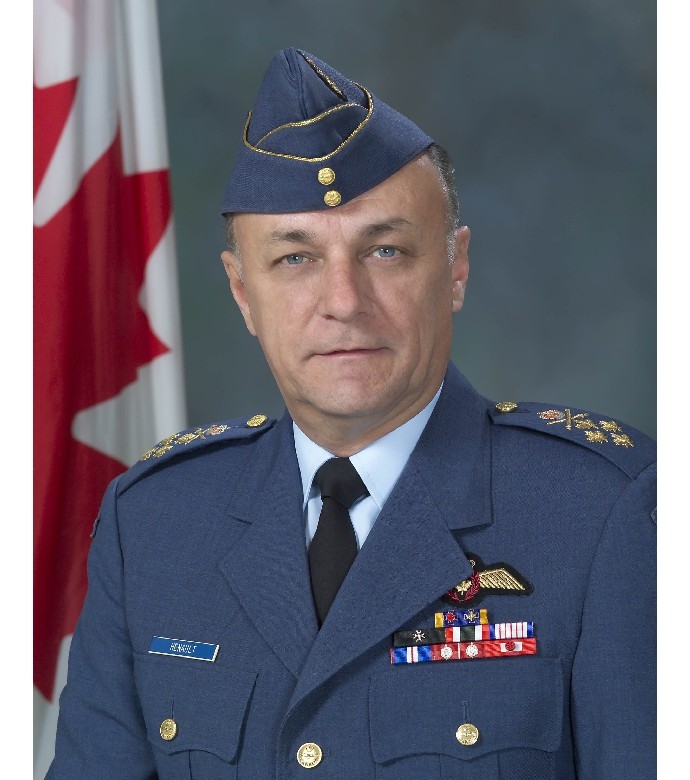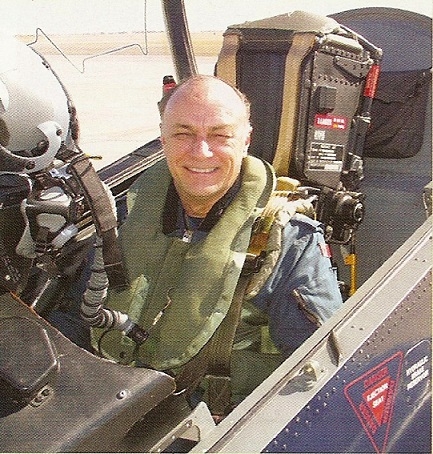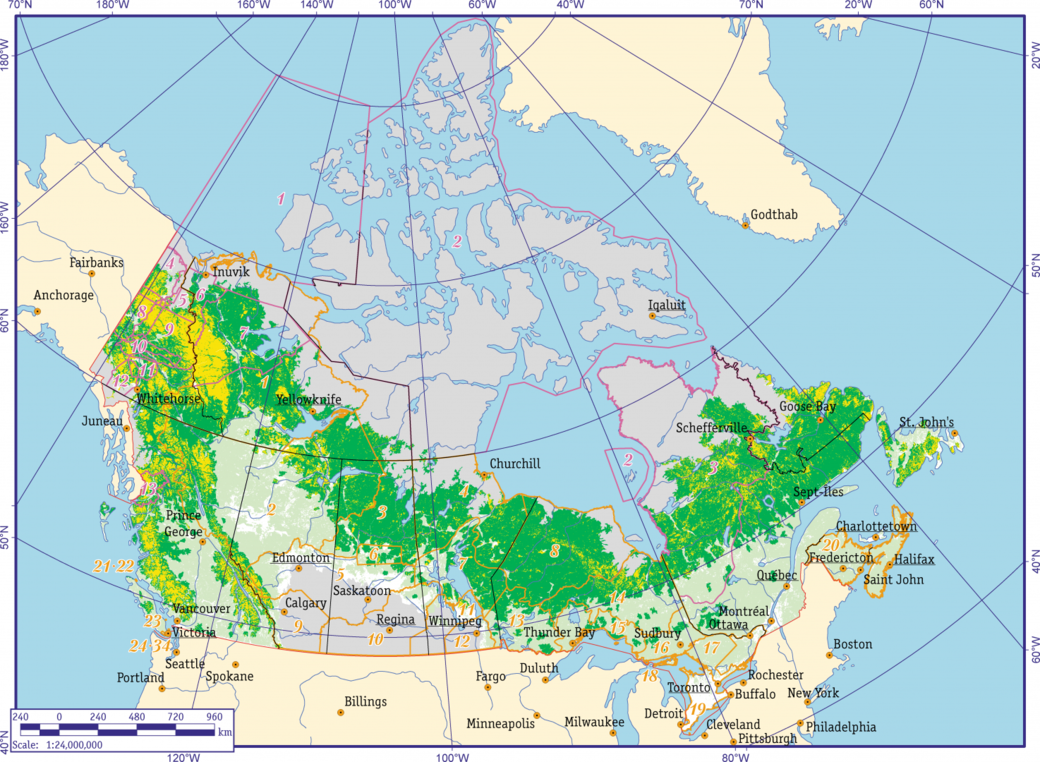
An Interview with Gen Ray Henault: There’s No Life Like It
In this three-part series on the state of Canada's military preparedness, Ottawa Life's top writers examine Canada's peacekeeping deployments around the world, capacity and equipment challenges, and pressing infrastructure replacement needs.
We begin our series on national defense with the first of three interviews with Gen. Ray Henault, Chief of the defence staff, Department of National Defence and Canadian Forces. Ottawa Life Magazine publisher Dan Donovan met with Gen. Henault at DND headquarters on August 26, 2004.
Dan Donovan: How would you describe Canada's military role in the world today?
Gen. Ray Henault: I think Canada's military enjoys a very strong vote of confidence nationally and internationally. We have satisfied government requirements over many years. The military is making the changes required to meet the commitments of this new (post-9/11) security environment. This transition has actually been happening since the end of the Cold War. We must now satisfy our government's desire to promote peace and security on a global scale. We've risen to that challenge, even though it has stretched the Canadian Forces. Our government has recognized that. We are in the process of reducing our footprint outside the country and are going into a regeneration phase. Our requirements at home are now as important, if not more important, as they are abroad. We have to re-balance how much we do in terms of domestic security and international security.
DD: Do you believe that major alterations to Canada's defense effort should flow from a thorough and open review of defense and security policy? Should there be a thorough review of defense policy through a White Paper — or not?
RH: The security environment has changed and there is a need for us to update our defense policy (since the 1994 White Paper on national defense policy). (The 1994 White Paper) needs to be brought into the 21st century. The mechanism of the process that is used to do that is the government's decision.
DD: Has the Prime Minister personally given you a commitment that the government will make new investments in defense?
RH: I'm not at liberty to discuss what I discuss with the Prime Minister. What I can tell you is that Defence Minister Bill Graham has given me those assurances and I have every confidence that the increase of 5,000 to the regular force will come with the resources required and the 3,000-person increase to the reserve will also come from the appropriate resources. I'm firmly of the view that this is going to happen. Government has said they will do that.
DD: The cost of an additional brigade of 5,000 troops will be about $1.2 billion. Does this mean that DND will receive an additional $1.2 billion in new monies from the federal government?
RH: The numbers aren't anything that I can hang my hat on at the moment. We haven't defined those costs down to that (degree of detail) just yet.
DD: Do you agree or disagree that if you don't get new money, then the money will have to come from internal reallocations in the department?
RH: The declaration by government that we would increase the size of the force by the 5,000 and 3,000 that we've just talked about is assumed to come with the resources required to do that. We're already in the process of making savings where we think we should, which means we reallocate from lower priorities to higher priorities. We discard those weapons systems or other capabilities that are a Cold War legacy, in favour of new, modern systems.
DD: How do you make those determinations and come up with a new overall defense strategy without having a White Paper?
RH: The 5,000-3,000 increase is policy-neutral, in my view. It's something that we have been saying for years would help to alleviate the pressures of operational tempo and certainly the impacts on our people. So adding those numbers is independent of a new policy. The reallocation considerations that we are taking at the moment are in view of an affordable defense capability, even without a new defense policy. So all of it really does go downstream in a parallel way. The new defense policy will then define more clearly for us where we might have to make more investments in certain capabilities. However, the policy review will be the key ultimately, whatever form it takes, to the long-term future of the CF, without a doubt.
DD: Are there plans to ground any of the CF-18 fleet or deactivate any of our destroyers between now and 2010?
RH: We have already made the decision to retire half of our Leopard tank fleet. The rest of the tank fleet will ultimately be retired as we introduce a new direct fire capability, which is the Mobile Gun System — the one announced almost a year ago. We've also decided to dispose of one of our four destroyers and we have a couple of other reallocation decisions that are air defense-related. We're going to get rid of our Javelin [Very-Short-Range] Air Defense System — Skyguard. All of that so we can reallocate to other priorities.
We are upgrading 80 of our 122 CF-18s. We are now putting out the letters of interest for our fixed-wing search and rescue aircraft replacement. This has a very short timeline on it. We've been asked to acquire this new aircraft as quickly as possible. We're going to try to do that over the next year. The intent is to have the first aircraft delivered in 2005.
DD: Were the Sikorskys the best helicopters for the Forces or the best helicopters for the price?
RH: The decision by the government announced just a few weeks ago to procure the Sikorsky S-92 (the Cyclone) was a very sound one, based on a very long and deliberate competition. The Cyclone, from my point of view, is a very good decision for Canada. It'll be a state-of-the-art aircraft that will provide us with maritime helicopter capability well into the next quarter century. I believe it's the right helicopter at the best price. There were no bad competitors. The Sikorsky S-92 won, given all the criteria that were used to make the selection. I'm very pleased with the ultimate decision.









